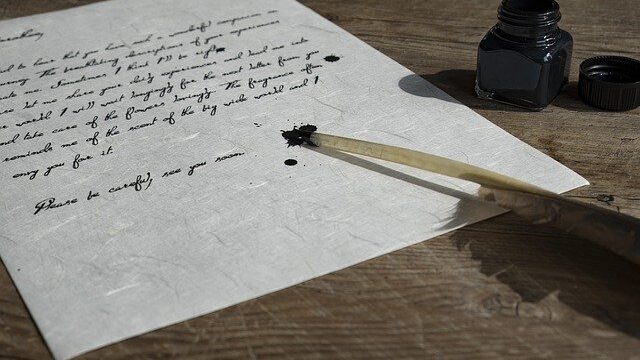Paper clips are one of the most familiar stationery items, useful for organizing bundles of documents.
Many people probably have a large stock of paper clips in their drawers at home or at work.
However, while paper clips are widely used, not much is known about their history, such as who developed them and when they were first invented.
In this article, I would like to introduce the history of the paper clip, which is also closely related to Norway.
Paper clips for organizing documents
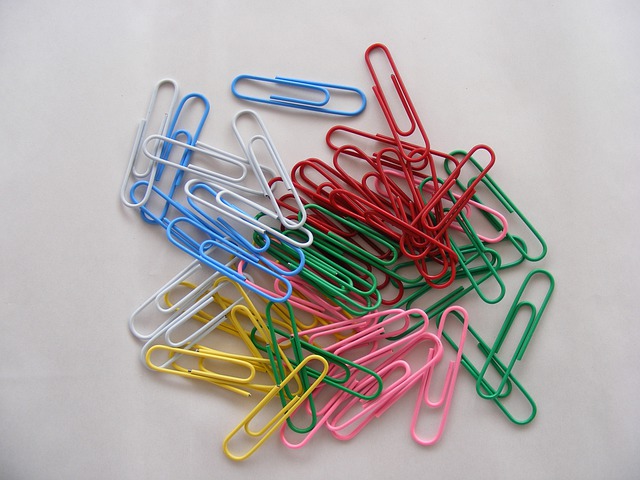
Paper clips are well-known as useful stationery items for a wide range of situations, such as sorting bundles of paper and organizing thick documents.
Despite having a simple structure made of bent wire, they are widely used in schools and offices due to their versatility and low cost.
Although we refer to these items as paper clips, “paper clip” is actually a generic term for a tool, and there are many different types of paper clips in various shapes and uses.
The most common type is an oval-shaped clip called a Gem clip.
It has a double-wound wire structure and is available in a wide variety of colors.
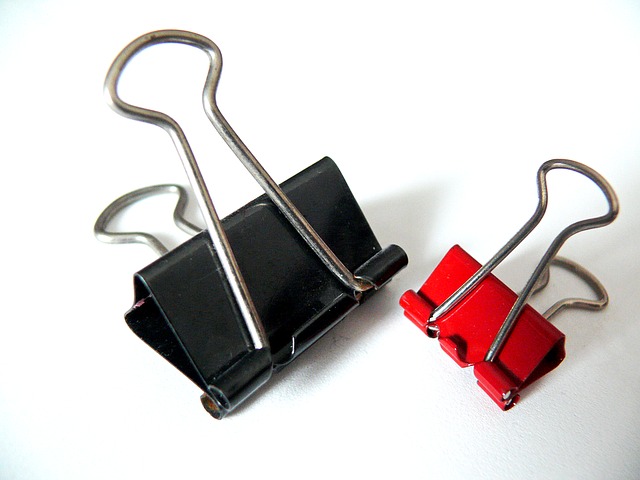
Another well-known example is the binder clip, shown in the photo above, which is widely used in universities, offices, and other places where large amounts of documents need to be organized.
Norwegian Johan Vaaler patented
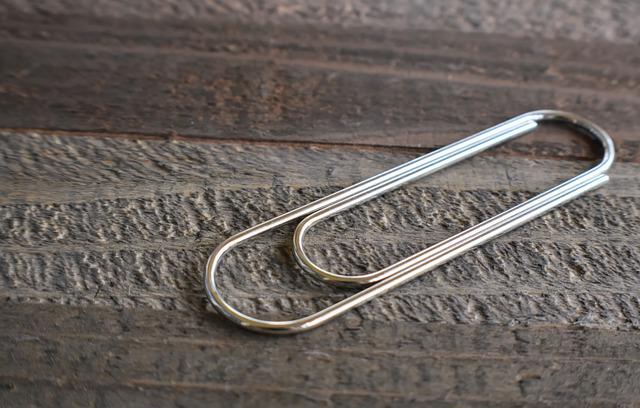
The paper clip is an indispensable tool for paperwork, but there are still many theories about its inventor.
One of the most famous inventors is a Norwegian named Johan Vaaler.
Vaaler was born in Norway in 1866, and after graduating from Christiania University, he worked as a patent examiner in a patent office in Oslo.
The paper clip was patented in 1899, while Vaaler was working as a patent examiner.
To be precise, the patent was first granted in Germany in 1899, and two years later, in 1901, a patent was filed and granted in the United States as well.
The reason for applying for the patent outside of Norway is said to be related to marketing, with an awareness of the huge American and German markets that outstripped the small Norwegian nation.
Misconceptions about paperclip developers
Johan Vaaler of Norway is often credited as the inventor of the paperclip, but this theory is misleading.
Firstly, a similar tool already existed before Vaaler applied for a patent for his paper clip.
It was the “Gem Clip” developed by the Gem Manufacturing Company in England, which is still the most widely used type of paper clip today.
Gem clips were already in existence in the late 1800s.
However, at the time Vaaler filed his patent application, the Zem Manufacturing Company had not obtained a patent for their “Zem Clip,” which was a similar design to the Gem Clip.
Because of these circumstances, it is now generally accepted that Johan Vaaler is one of the inventors of the paper clip.
Symbol of Unity in World War II
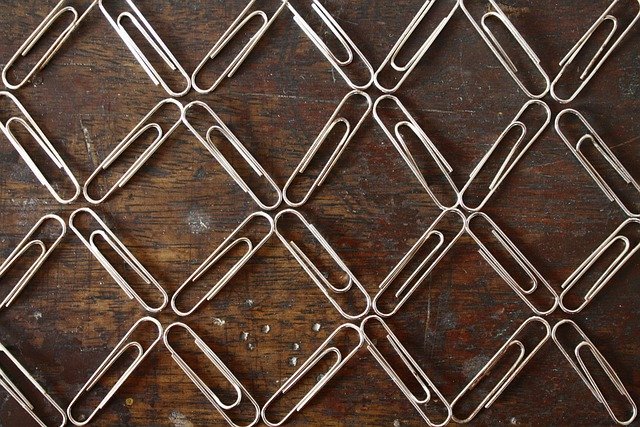
Despite Johan Vaaler patenting the paper clip in 1899, it received little recognition for some time.
It wasn’t until World War II that the paper clip and its inventor’s name became popular in Norway.
During World War II, Norway was occupied by Nazi Germany.
King Haakon VII of Norway fled to England and established the Norwegian government-in-exile in London, while the Norwegian people were under oppression by the Nazis.
In Norway, the paper clip became a symbol of loyalty to the Norwegian king, as well as a symbol of unity and resistance among the citizens.
The paper clip’s role in binding paper into a single bundle led to its use as a symbol of unity to hold the Norwegian people together.
Citizens wore paper clips on their clothing to show their solidarity with each other.
After the war, this event led to the paper clip and the name of its inventor, Johan Vaaler, becoming widely known in Norway.
In 1989, in recognition of this achievement, a 7-meter-long paperclip sculpture was built on the campus of BI Norwegian Business School in the city of Sandvika.
Conclusion
The paper clip, a common stationery tool used in offices and schools, has a significant connection to Norway in Scandinavia.
While the first inventor of the paper clip is not known, as similar tools such as the Gem clip produced by a British company already existed, Johan Vaaler applied for a patent in 1899 for a paper clip of his own design.
However, the use of the paper clip as a symbol of Norwegian solidarity during World War II led to the recognition of Vaaler as an important contributor to the development of the paper clip.



